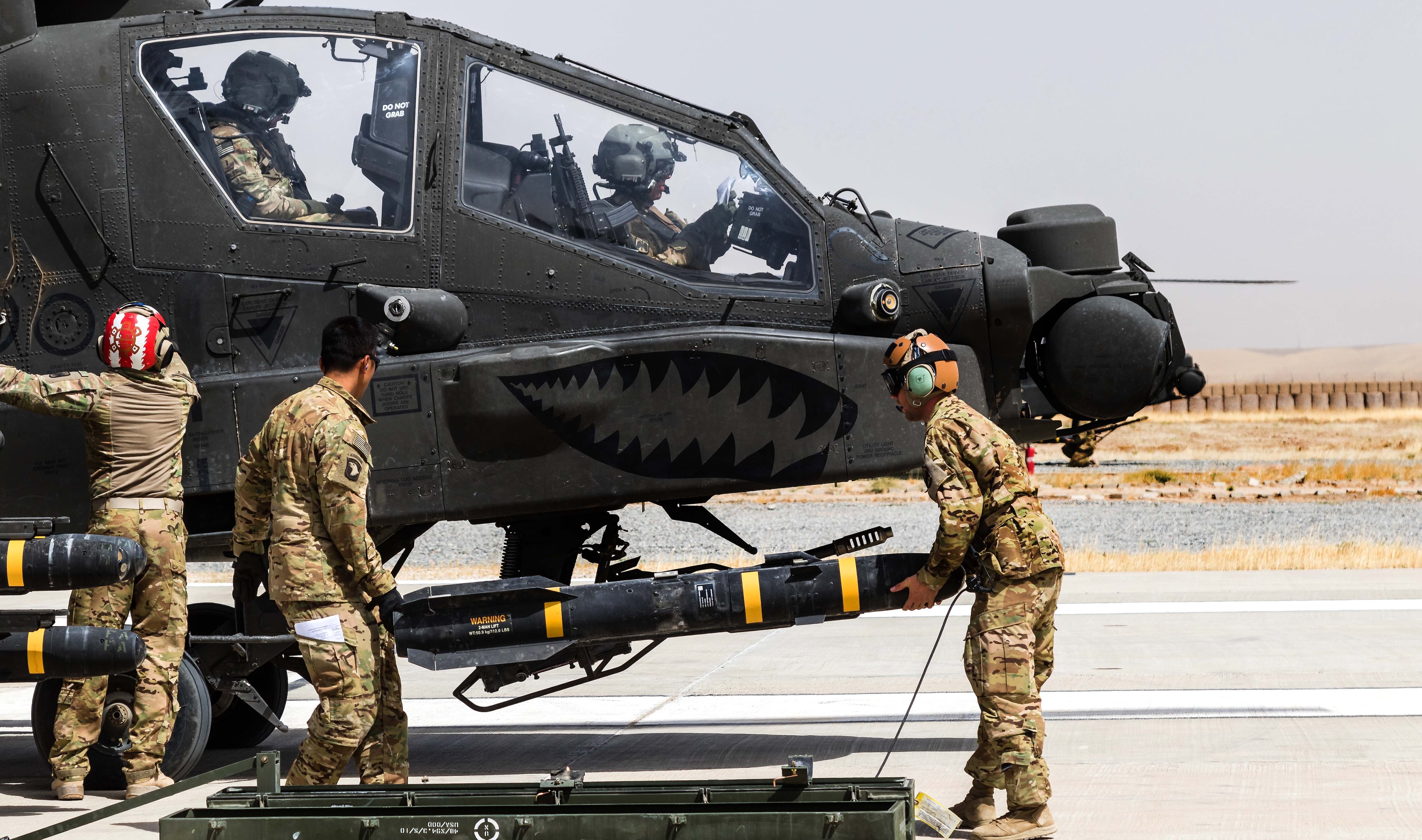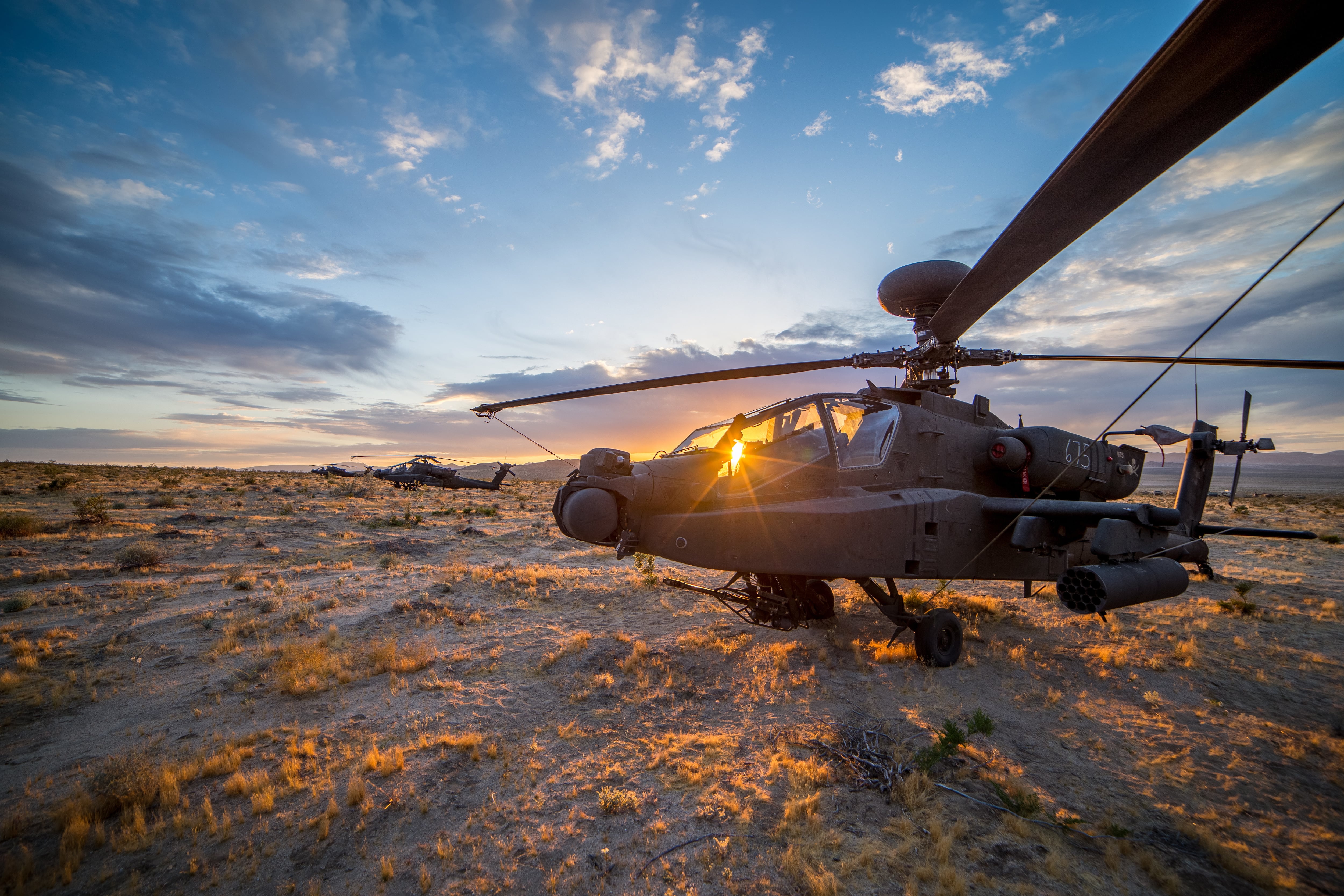The desire for Army aviation assets hasn’t decreased among combatant commands, but the production sure did over the past few years, and the service says it’s working to address that shortfall through improvements to flight pay and surveying to figure out exactly why pilots are leaving for the private sector.
While the service’s aggregate number of pilots is reportedly suitable, there is an imbalance between the surplus of senior aviators and a shortage of nearly 700 junior aviators across the entire force, service officials told Army Times in August.
“One question I often get asked is, are the airlines impacting your shortfall,” Brig. Gen. Michael C. McCurry, director of Army aviation for the Office of the Deputy Chief of Staff G-3/5/7 said Thursday at an aviation-focused event at the Association of the United States Army. “Well the short answer is, we don’t know. We don’t have good measurements out there right now to tell us why an aviator is getting out of the force."
The Army G-3 is working with the G-1 and other stakeholders to design exit surveys to help learn why soldiers are leaving for the civilian sector.
“And we’re also working some other improvements to flight pay focused on proficiency levels as you go up," McCurry added.
That push exists against the backdrop of an operations tempo that isn’t decreasing.
“Today, every active component CAB [combat aviation brigade] is allocated or on mission,” McCurry said. “They’re either on-mission, coming back from the mission or training for the mission."
“Our Reserve component aviation units are on much the same boat,” he added. “The appetite for Army aviation has not subsided, as the receiver of continual requests for aviation forces in the fight from the COCOMs, that appetite has not waned.”
The Army regularly deploys combat aviation brigades to Europe for nine-month Atlantic Resolve rotations, as well as Afghanistan, to support the ongoing counterinsurgency mission in that country.
The head of Army aviation told lawmakers two years ago that the service was grappling with a gap in its warrant officer corps, and said it planned to address it by increasing seats at training schools and pushing to retain seasoned aviators.
RELATED

But in the two years since then, the service only added about 30 pilots, and still had nearly 700 left to fill, according to data from August.
“Three things caused it: we under-accessed during the reduced budget years, we had under-production at Fort Rucker during those same years and then we had a slight uptick in attrition over the past three years,” McCurry said.
The good news, according to McCurry, is the Army doesn’t have trouble recruiting pilots.
“People still want to fly,” he said. "Our young NCOs want to become warrant officers and get out and fly. So the recruitment piece has not historically been our challenge, it has been capacity and production.”
The Army says it’s working to increase production at Fort Rucker, Alabama, the service’s primary flight training post and home to the Army Aviation Center for Excellence. Additionally, the service is still trying to target incentives to retain and recruit qualified pilots.
Keeping Army aviators in an Army cockpit tends to the difficult part of manning the community. And although the service is still in the early stages of figuring out why aviators are leaving and where they’re mostly going, it’s begun to offer targeted retention bonus in the meantime.
Army Times reported in August that the service was targeting its retention bonuses on junior pilots with between six and 13 years in the service and senior warrants with between 19 and 22 years.
Those are roughly the time periods when aviators leave the service, right before junior pilots would be heading into mid-level potions with increased administrative tasks, and when senior warrants would first become eligible for retirement.
Kyle Rempfer was an editor and reporter who has covered combat operations, criminal cases, foreign military assistance and training accidents. Before entering journalism, Kyle served in U.S. Air Force Special Tactics and deployed in 2014 to Paktika Province, Afghanistan, and Baghdad, Iraq.




